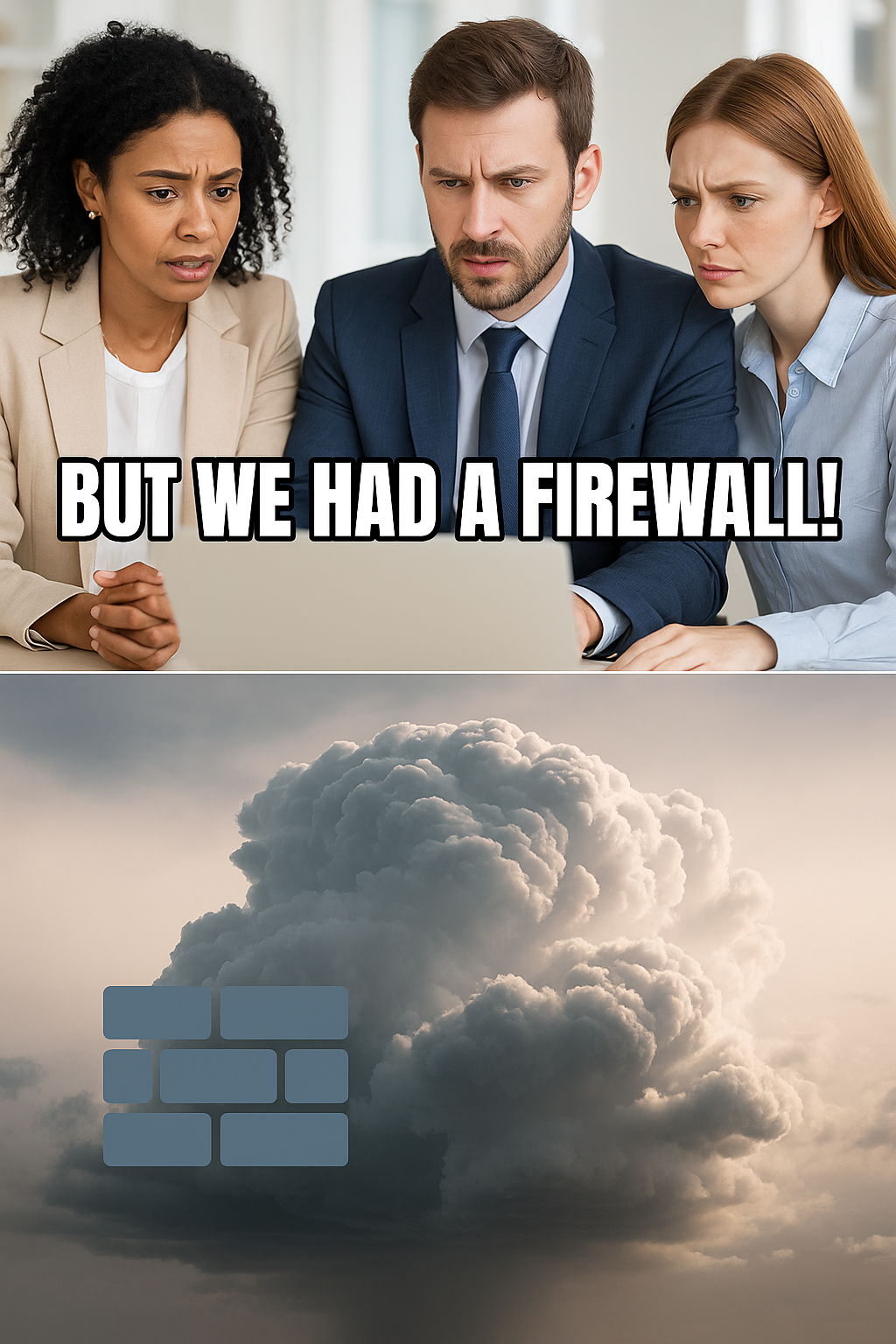Address
USA | India
Email
info@nexaitech.com

Legacy firewalls give you a false sense of control. In 2025, your biggest threats won’t walk through the front door — they’ll materialize from inside your cloud. If your security strategy isn’t proactive, kernel-level, and ML-assisted, you’re not protected. You’re just lucky so far.
In boardrooms, security feels “solved” — there’s a firewall, an antivirus, a few reports.
But the attack surface in 2025 isn’t where the firewall lives anymore. It’s your:
And traditional tools? Blind to all of this.
It’s not just about stopping threats — it’s about risk transference.
Reactive tools (like signature-based AV) assume you already got hit.
They detect. But they don’t prevent.
And in modern environments:
So what happens when your CFO asks: “Were we protected?”

“But we had a firewall!” — every post-mortem ever.
As cloud environments scale rapidly, many companies still rely on outdated security models — signature-based antivirus, container scans, and static firewalls. These were never built for today’s dynamic, API-driven workloads.
Signature-based antivirus is blind to zero-days. Traditional firewalls don’t understand east-west cloud traffic. And container scanners often detect threats only after breach.
To stop attacks before they cause damage, organizations are moving to:
The game has changed — defense now means real-time inference, not reactive detection.
It’s a shift in model — not just in tooling.
You need:
A FinTech client relying on firewall appliances experienced a lateral movement attack that went undetected. We redesigned their stack using NGFW templates, ML-based logging, and OpenTelemetry observability — stopping policy drift in real time.
Our architecture audit and DevSecOps blueprint include:
These are part of our Compliance-Grade DevSecOps + Architecture Review strategic offer.
This isn’t paranoia. It’s a cost center if ignored.
→ Request a Cloud Security Audit
→ Or Download the Cloud Architecture Checklist